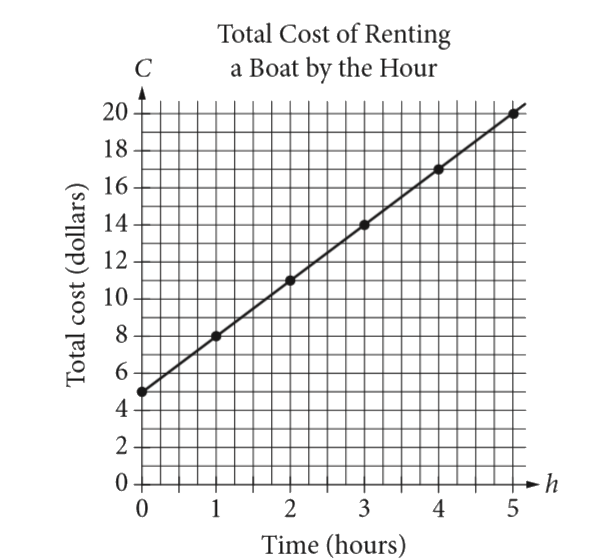Establish a relationship between CvandCp?
To establish a relationship between Cv (molar heat capacity at constant volume) and Cp (molar heat capacity at constant pressure), we can follow these steps:
Step 1: Understand the Definitions
- Cv is defined as the amount of heat required to raise the temperature of one mole of a substance by one degree Celsius at constant volume.
- Cp is defined as the amount of heat required to raise the temperature of one mole of a substance by one degree Celsius at constant pressure.
Step 2: Apply the First Law of Thermodynamics
According to the first law of thermodynamics:
ΔU=Q−W
where:
- ΔU is the change in internal energy,
- Q is the heat added to the system,
- W is the work done by the system.
Step 3: Write the Heat Transfer Expressions
At constant pressure, the heat added can be expressed as:
Q=nCpΔT
where n is the number of moles and ΔT is the change in temperature.
At constant volume, the change in internal energy can be expressed as:
ΔU=nCvΔT
Step 4: Express Work Done at Constant Pressure
The work done by the system at constant pressure can be expressed as:
W=PΔV
Using the ideal gas law, we can relate this to temperature changes:
W=nRΔT
where R is the universal gas constant.
Step 5: Substitute into the First Law Equation
Substituting the expressions for Q and W into the first law equation gives:
nCvΔT=nCpΔT−nRΔT
Step 6: Simplify the Equation
Now, we can factor out nΔT from each term:
nCvΔT=nΔT(Cp−R)
Assuming nΔT≠0, we can cancel nΔT from both sides:
Cv=Cp−R
Step 7: Rearranging the Equation
Rearranging the equation gives us the final relationship:
Cp−Cv=R
Final Relationship
Thus, the relationship between the molar heat capacities at constant pressure and constant volume is:
Cp−Cv=R
---
- Cv is defined as the amount of heat required to raise the temperature of one mole of a substance by one degree Celsius at constant volume.
- Cp is defined as the amount of heat required to raise the temperature of one mole of a substance by one degree Celsius at constant pressure.
According to the first law of thermodynamics:
ΔU=Q−W
where:
- ΔU is the change in internal energy,
- Q is the heat added to the system,
- W is the work done by the system.
At constant pressure, the heat added can be expressed as:
Q=nCpΔT
where n is the number of moles and ΔT is the change in temperature.
ΔU=nCvΔT
The work done by the system at constant pressure can be expressed as:
W=PΔV
Using the ideal gas law, we can relate this to temperature changes:
W=nRΔT
where R is the universal gas constant.
Substituting the expressions for Q and W into the first law equation gives:
nCvΔT=nCpΔT−nRΔT
Now, we can factor out nΔT from each term:
nCvΔT=nΔT(Cp−R)
Assuming nΔT≠0, we can cancel nΔT from both sides:
Cv=Cp−R
Rearranging the equation gives us the final relationship:
Cp−Cv=R
Thus, the relationship between the molar heat capacities at constant pressure and constant volume is:
Cp−Cv=R
Topper's Solved these Questions
- CHEMICAL THERMODYNAMICS Book:ICSEChapter:CHEMICAL THERMODYNAMICS Exercise:REVIEW EXERCISES (Fill in the blanks )
Explore 6 Videos
- CHEMICAL THERMODYNAMICS Book:ICSEChapter:CHEMICAL THERMODYNAMICS Exercise:VERY SHORT ANSWER TYPE QUESTIONS
Explore 56 Videos
- CHEMICAL THERMODYNAMICS Book:ICSEChapter:CHEMICAL THERMODYNAMICS Exercise:NCERT TEXT-BOOK. EXERCISES
Explore 22 Videos
- CHEMICAL BONDING AND MOLECULAR STRUCTUREBook:ICSEChapter:CHEMICAL BONDING AND MOLECULAR STRUCTUREExercise:NCERT TEXT-BOOK EXERCISES ( WITH HINTS AND SOLUTIONS)
Explore 47 Videos
- CLASSIFICATION OF ELEMENTS AND PERIODICITY IN PROPERTIESBook:ICSEChapter:CLASSIFICATION OF ELEMENTS AND PERIODICITY IN PROPERTIESExercise:NCERT TEXT-BOOK. EXERCISE (With Hints and Solutions)
Explore 63 Videos
Similar Questions
Knowledge Check

The graph above displays the total cost C, in dollars, of renting a boat for h hours.
Which of the following represents the relationship between h and C ?AC=5hBC=34h+5CC=3h+5Dh=3CWe know that the relationship between KcandKp is Kp=Kc(RT)Δn
What would be the value of Δn for the reaction :
NH4Cl(s)⇔NH3(g)+HCl(g)?A1B0.5C1.5D2
The figure

helps to establish the relationship between force and
View SolutionWhat is the relationship between KpandKc ?
View SolutionDefine the term half-life period and decay constant of a radioactive substance. Write their S.I units. Establish the relationship between the two.
View SolutionIn chemical equilibrium, the value of Δn (number of molecules), is negative, then the relationship between KpandKc will be
View SolutionThe electric field and the electric potential at a point are E and V respectively. Give the relationship between E and V
View SolutionThe relationship between PC,VC and TC is
View Solution